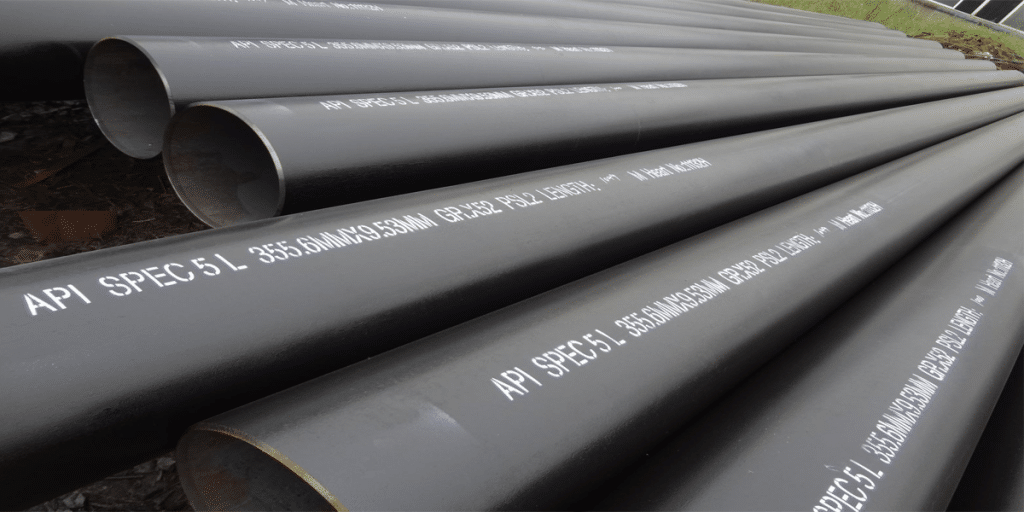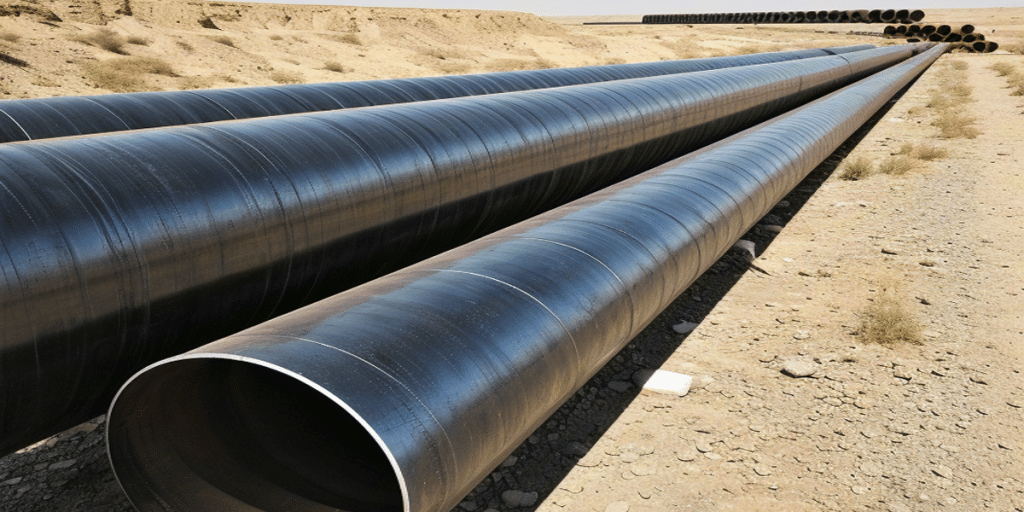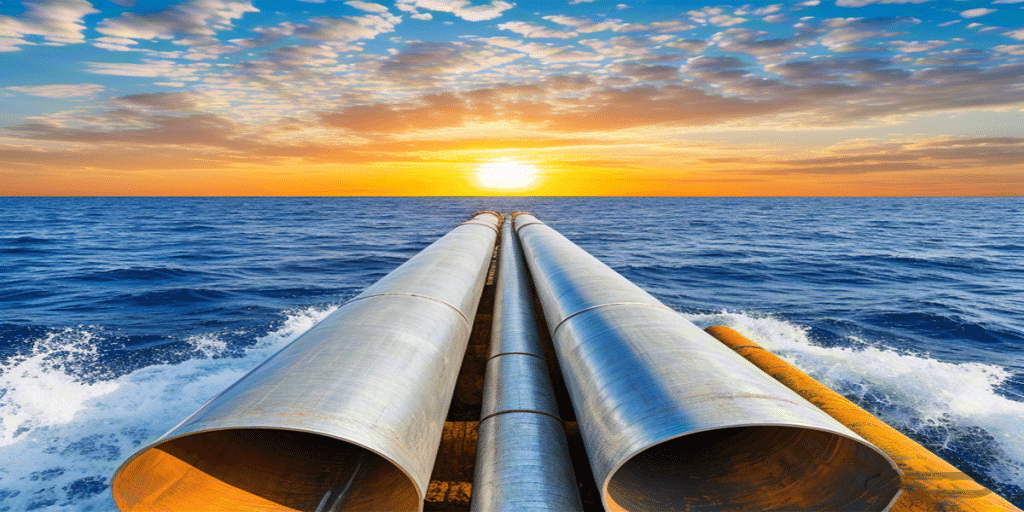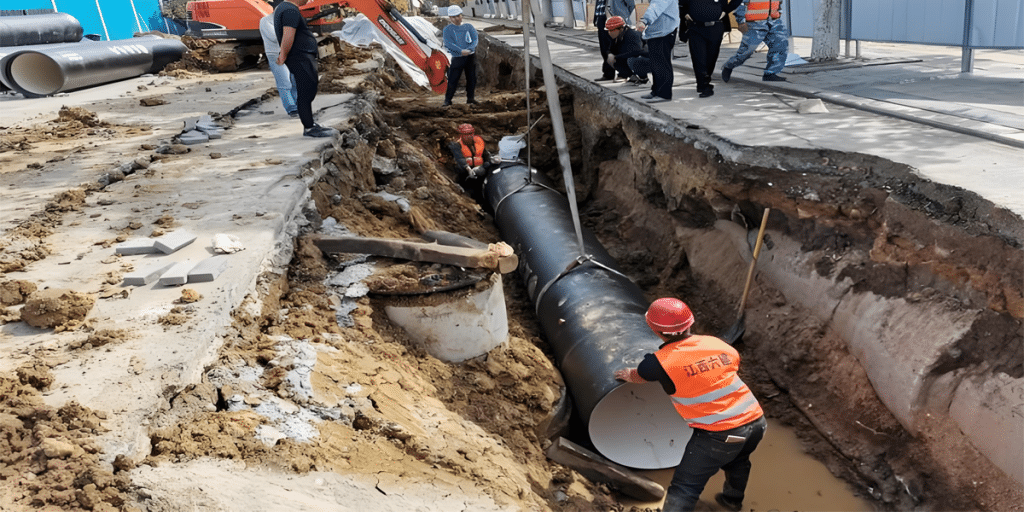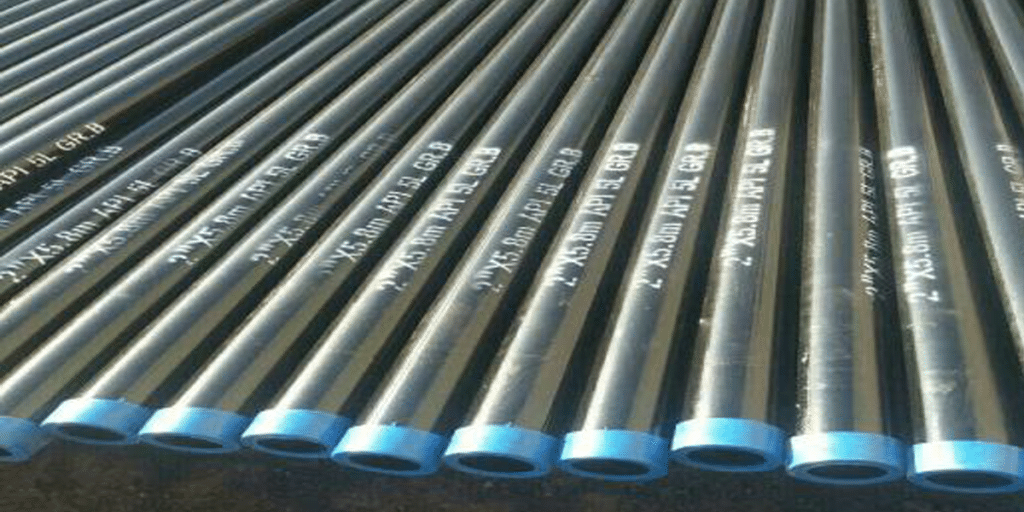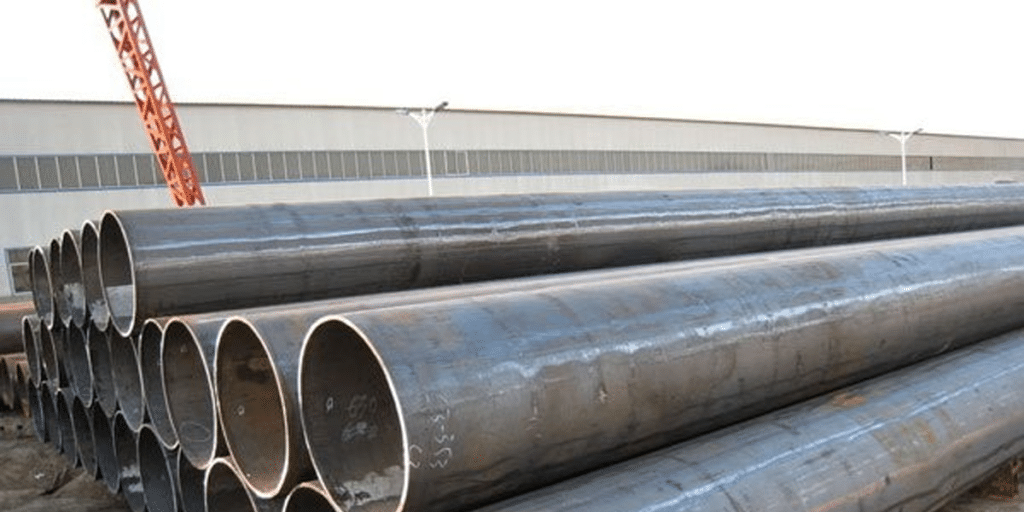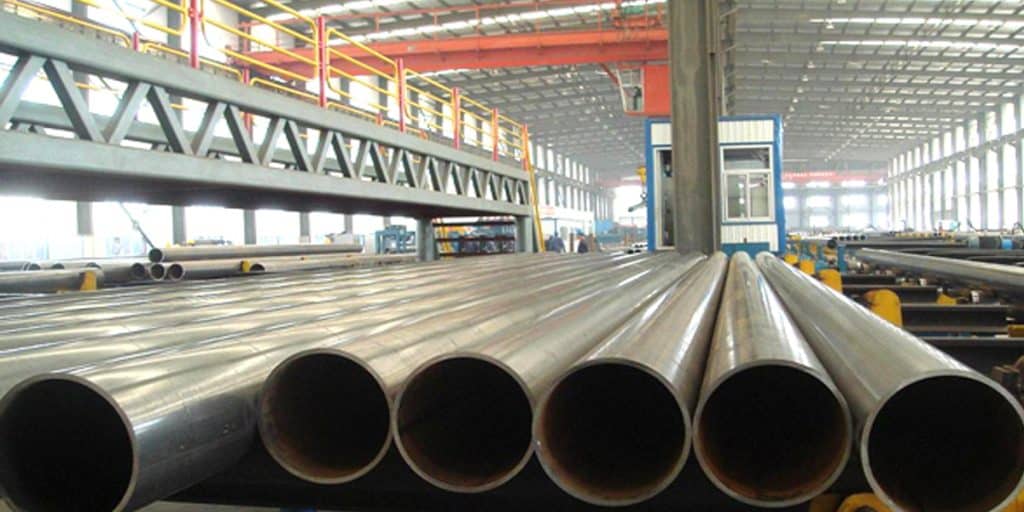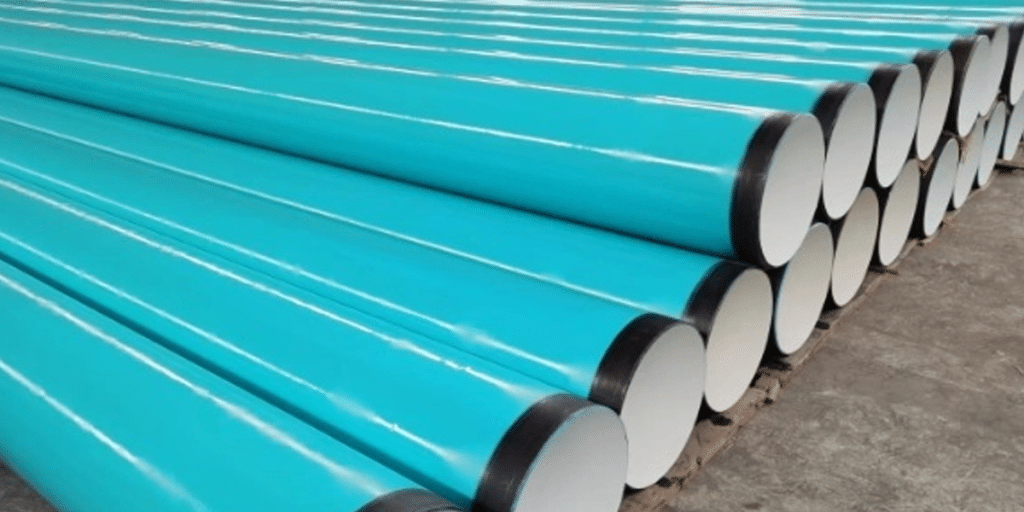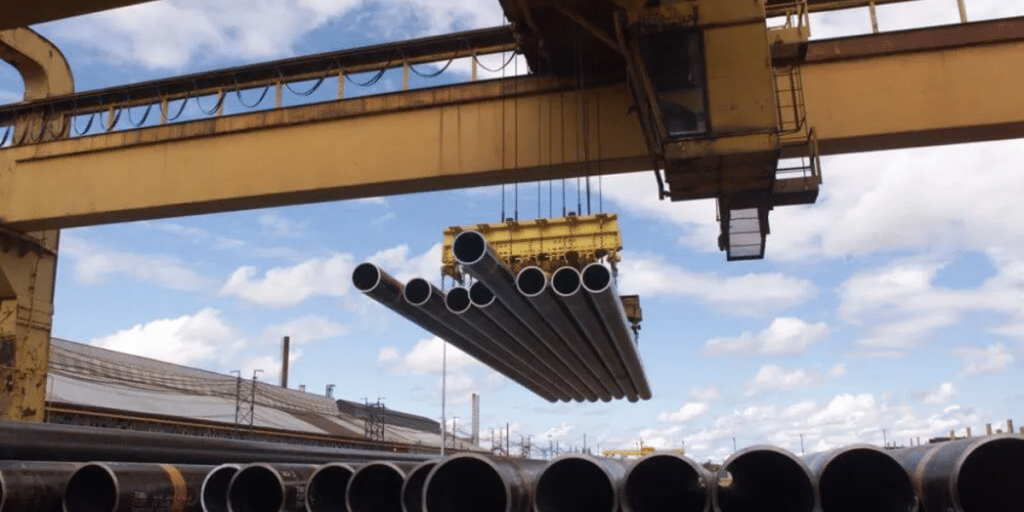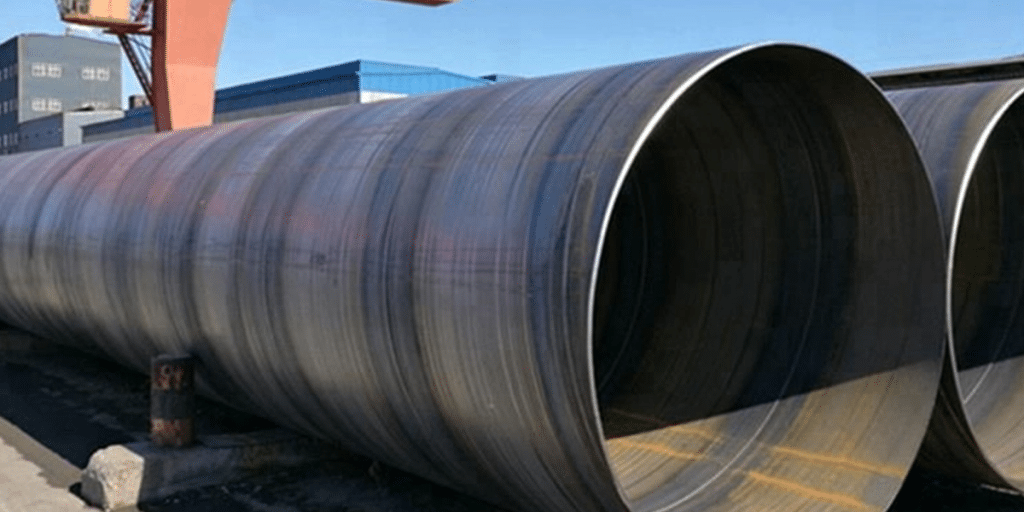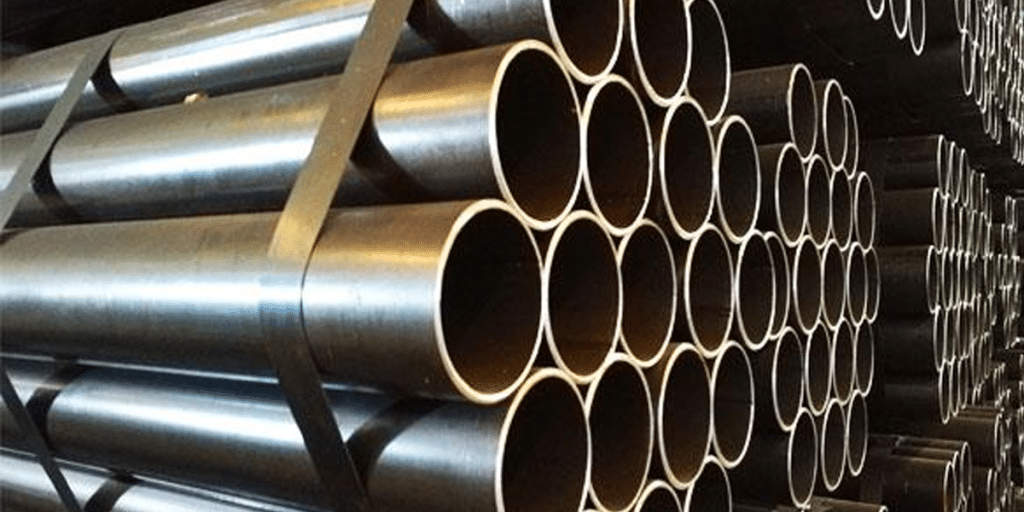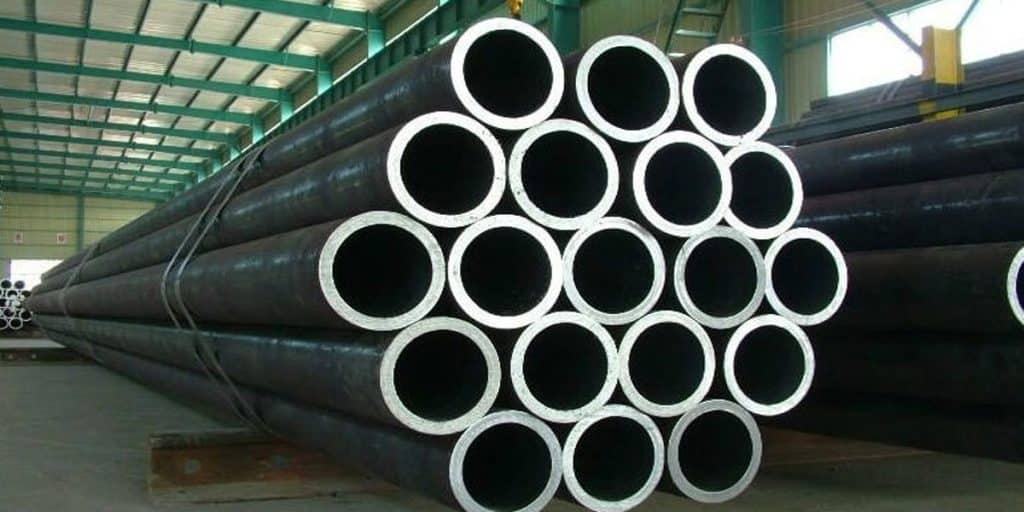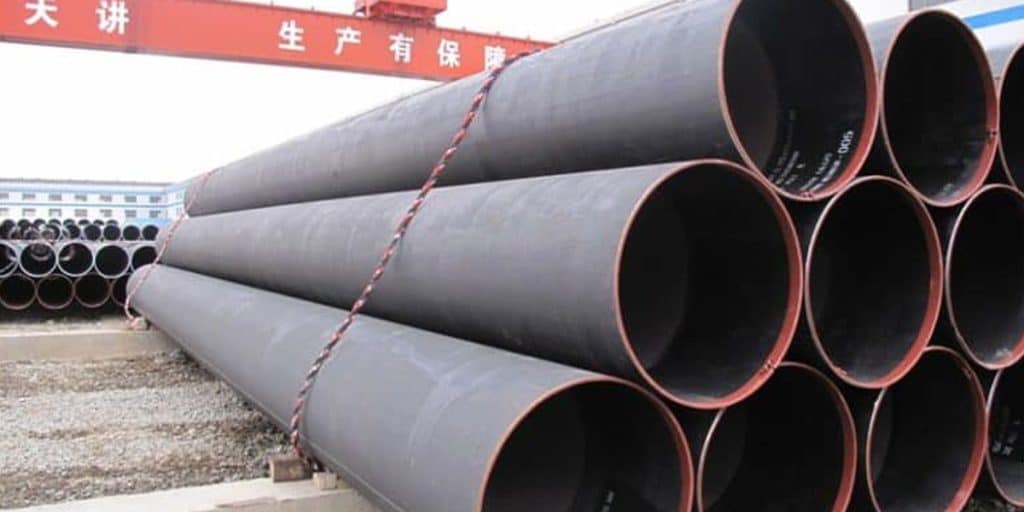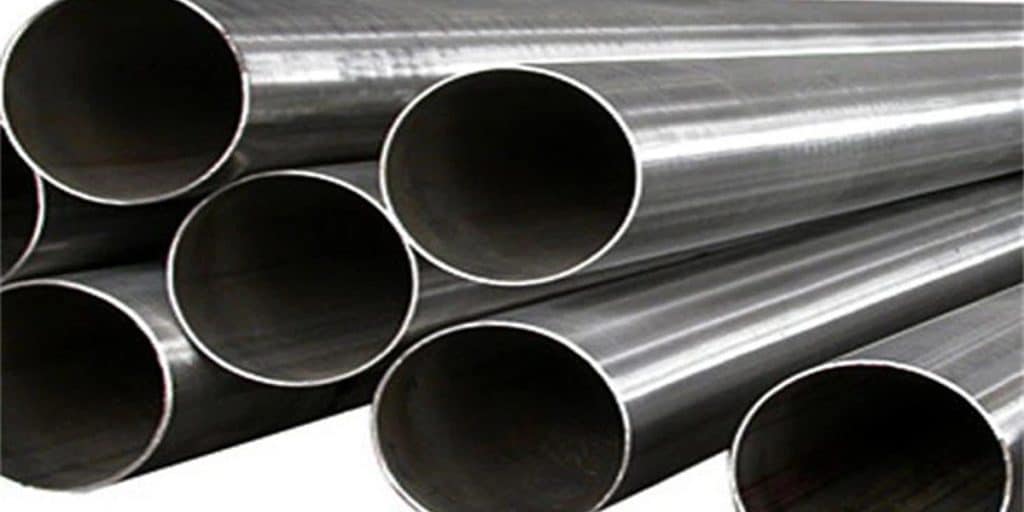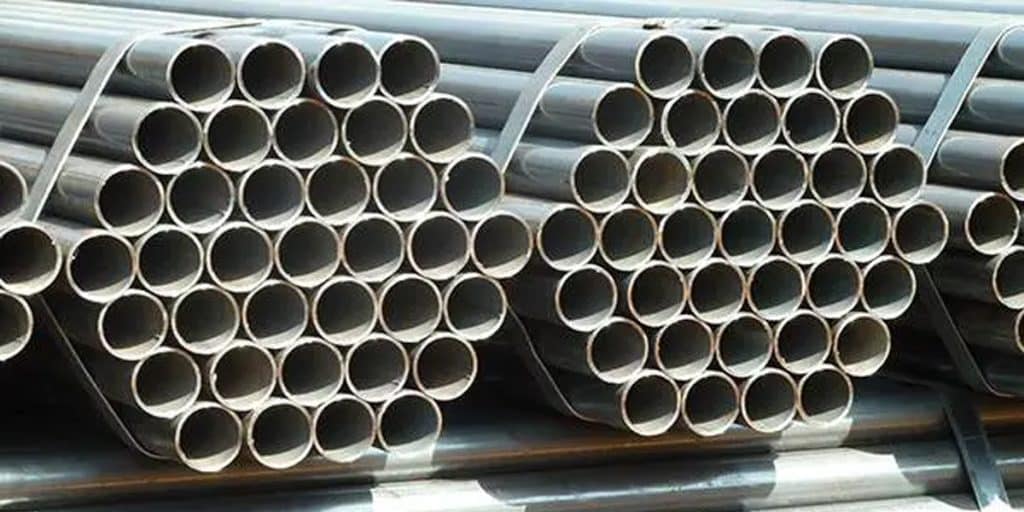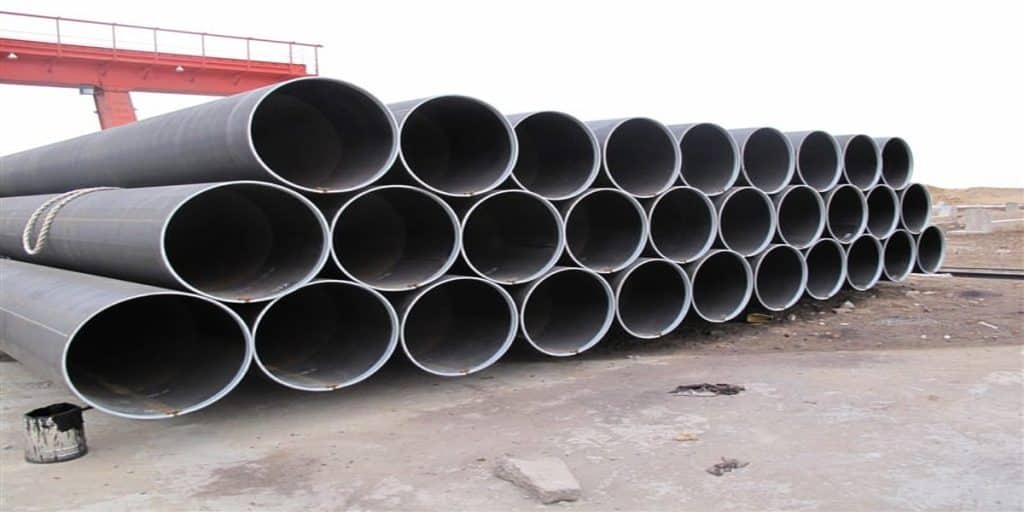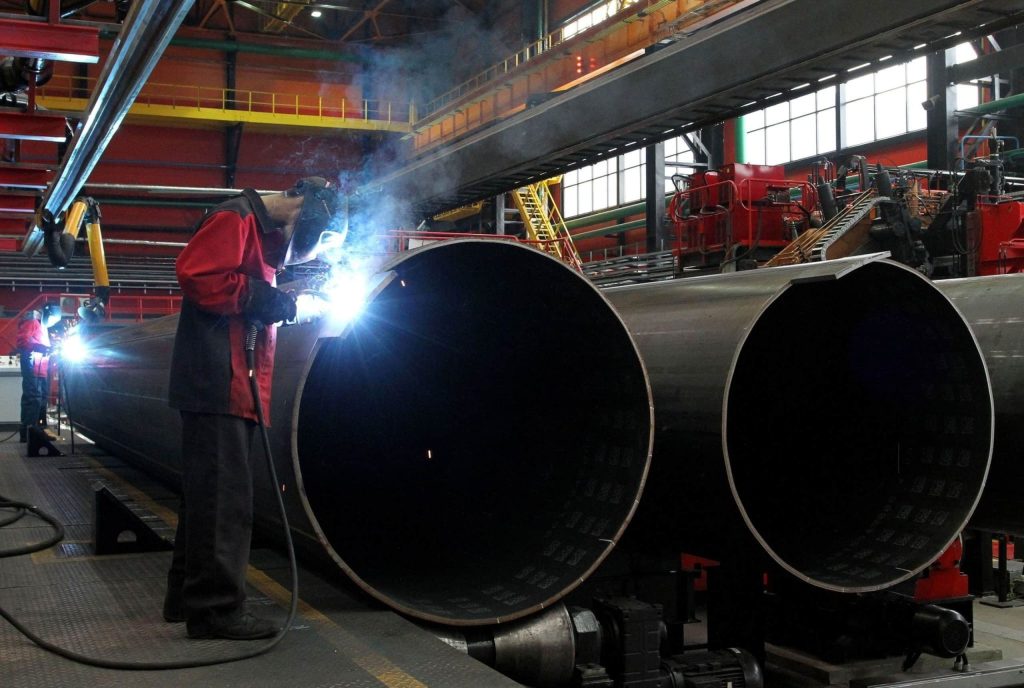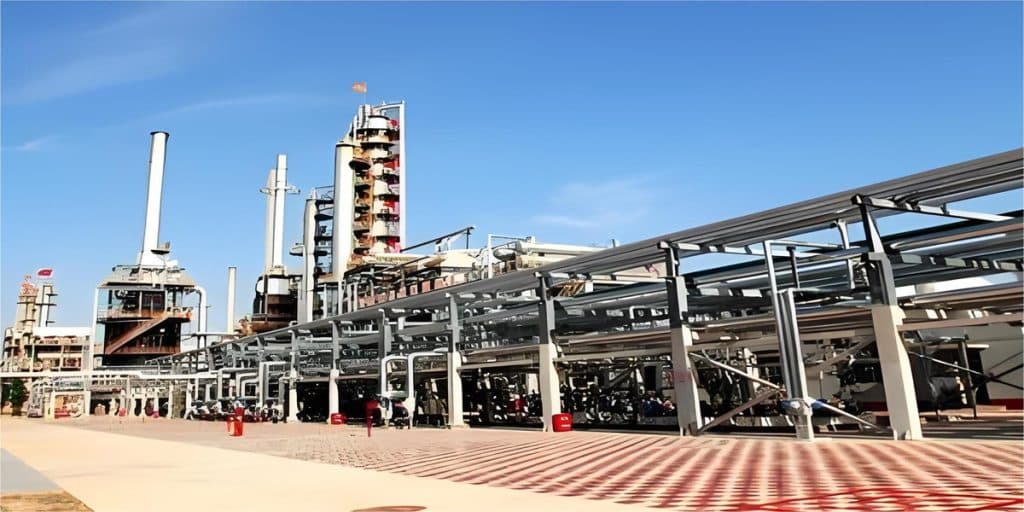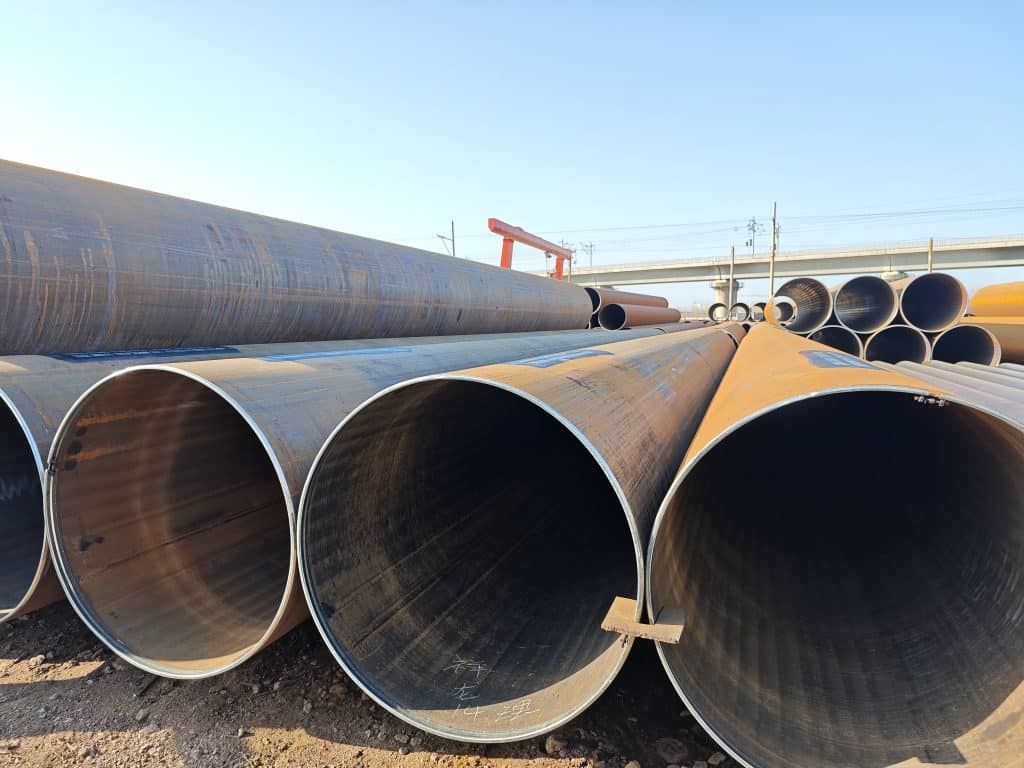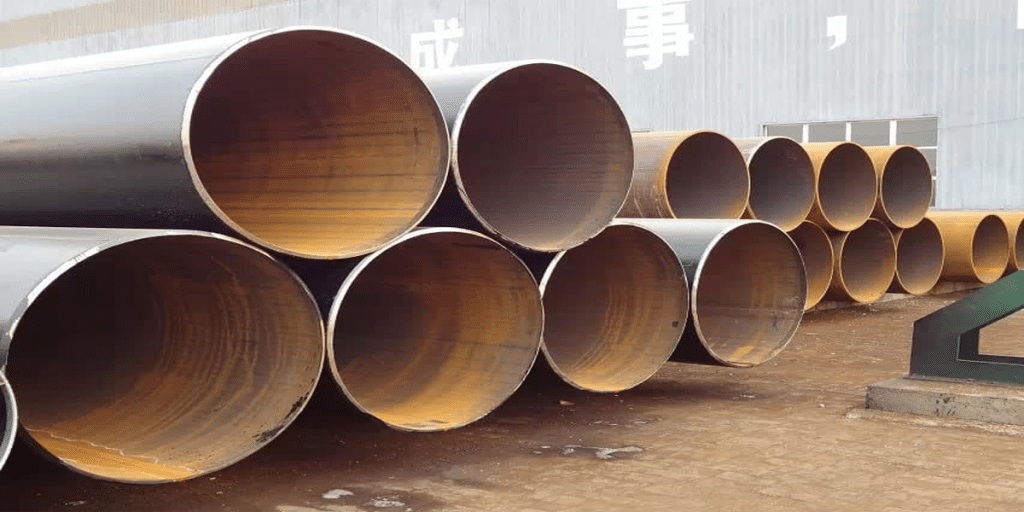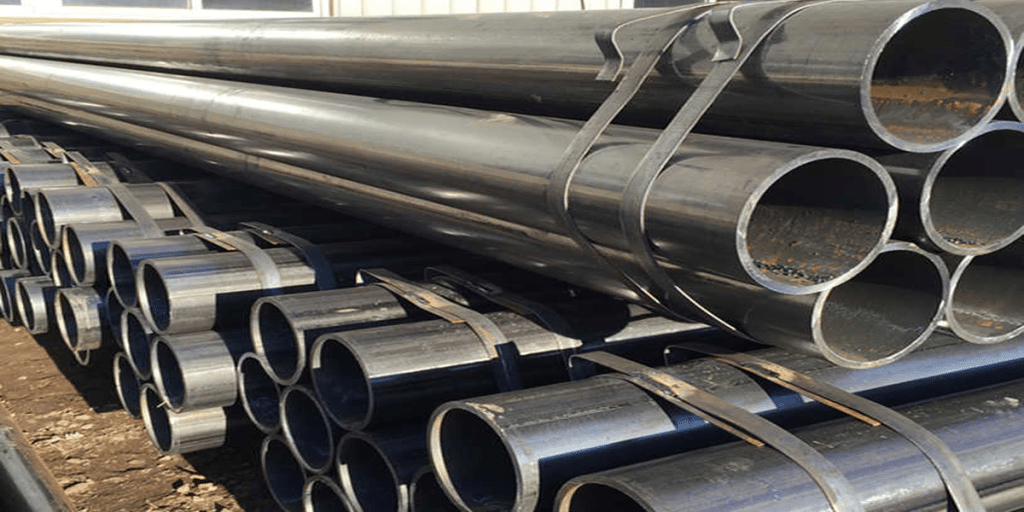Knowledge
- All
- Knowledge
- News
 Energy, the lifeblood of modern society, relies heavily on safe and efficient transportation. In this energy artery, API 5L steel pipes play an indispensable role. From vast deserts to frozen polar regions, from offshore oil and gas fields to underground urban pipelines, API 5L steel pipes, with their excellent performance and diverse grades, form the steel backbone of global energy transportation. However, faced with the wide variety of API 5L steel pipe grades, selecting the appropriate pipe to ensure safe…
Energy, the lifeblood of modern society, relies heavily on safe and efficient transportation. In this energy artery, API 5L steel pipes play an indispensable role. From vast deserts to frozen polar regions, from offshore oil and gas fields to underground urban pipelines, API 5L steel pipes, with their excellent performance and diverse grades, form the steel backbone of global energy transportation. However, faced with the wide variety of API 5L steel pipe grades, selecting the appropriate pipe to ensure safe… With the continuous growth of global energy demand, transnational oil pipelines have become a critical means of international energy transportation, making their construction and maintenance increasingly vital. The choice of pipeline materials plays a decisive role in ensuring the safety, stability, and cost-effectiveness of these pipelines. API 5L steel pipes, widely recognized for their exceptional strength, corrosion resistance, and ability to adapt to complex environments, have emerged as a core material in the construction of transnational oil pipelines. However, the…
With the continuous growth of global energy demand, transnational oil pipelines have become a critical means of international energy transportation, making their construction and maintenance increasingly vital. The choice of pipeline materials plays a decisive role in ensuring the safety, stability, and cost-effectiveness of these pipelines. API 5L steel pipes, widely recognized for their exceptional strength, corrosion resistance, and ability to adapt to complex environments, have emerged as a core material in the construction of transnational oil pipelines. However, the… As global energy demand continues to rise, offshore oil and gas platforms have become pivotal hubs for energy production. However, the harsh marine environment—marked by corrosive seawater, high pressures, and extreme temperatures—poses significant challenges to pipeline systems. In such demanding conditions, what kind of material can ensure the safe and efficient transport of oil and gas? API 5L steel pipes, renowned for their exceptional strength, corrosion resistance, and reliability, have emerged as the cornerstone of offshore pipeline systems. But how…
As global energy demand continues to rise, offshore oil and gas platforms have become pivotal hubs for energy production. However, the harsh marine environment—marked by corrosive seawater, high pressures, and extreme temperatures—poses significant challenges to pipeline systems. In such demanding conditions, what kind of material can ensure the safe and efficient transport of oil and gas? API 5L steel pipes, renowned for their exceptional strength, corrosion resistance, and reliability, have emerged as the cornerstone of offshore pipeline systems. But how… As global water scarcity and pollution continue to escalate, the water treatment industry has become increasingly vital in modern society. Water treatment pipelines, as a key part of infrastructure, ensure the safe supply of water resources. Among the many pipeline options, API 5L steel pipes stand out for their excellent corrosion resistance and strength, making them widely used in the water treatment sector, especially in the construction and maintenance of water supply pipelines. API 5L steel pipes not only effectively…
As global water scarcity and pollution continue to escalate, the water treatment industry has become increasingly vital in modern society. Water treatment pipelines, as a key part of infrastructure, ensure the safe supply of water resources. Among the many pipeline options, API 5L steel pipes stand out for their excellent corrosion resistance and strength, making them widely used in the water treatment sector, especially in the construction and maintenance of water supply pipelines. API 5L steel pipes not only effectively… As global energy demands continue to rise, the development of infrastructure in the oil and gas sector has become more crucial than ever. At the heart of this industry lies the API 5L steel pipe, a material specifically engineered for the transportation of oil, gas, and other fluids. Renowned for its exceptional strength, corrosion resistance, and durability, API 5L steel pipes have established themselves as a cornerstone for ensuring the safety and efficiency of energy transport! Currently, the API 5L…
As global energy demands continue to rise, the development of infrastructure in the oil and gas sector has become more crucial than ever. At the heart of this industry lies the API 5L steel pipe, a material specifically engineered for the transportation of oil, gas, and other fluids. Renowned for its exceptional strength, corrosion resistance, and durability, API 5L steel pipes have established themselves as a cornerstone for ensuring the safety and efficiency of energy transport! Currently, the API 5L… Among the various types of steel pipes, LSAW steel pipes (Longitudinal Submerged Arc Welded pipes) are highly sought after for their exceptional strength, durability, and versatility in industrial applications. Whether for oil and gas pipelines, structural projects, or marine engineering, selecting a reliable LSAW Steel Pipe Manufacturer is critical to ensuring project quality and efficiency. However, with so many LSAW Pipe Manufacturers in the market, how do you make the right choice? This article will guide you through the process…
Among the various types of steel pipes, LSAW steel pipes (Longitudinal Submerged Arc Welded pipes) are highly sought after for their exceptional strength, durability, and versatility in industrial applications. Whether for oil and gas pipelines, structural projects, or marine engineering, selecting a reliable LSAW Steel Pipe Manufacturer is critical to ensuring project quality and efficiency. However, with so many LSAW Pipe Manufacturers in the market, how do you make the right choice? This article will guide you through the process… ERW Steel Pipe Manufacturing is the process of producing electric resistance welded (ERW) steel pipes, widely used in industries like oil and gas, construction, and infrastructure. This method involves welding steel coils using electrical heat to create durable and cost-effective ERW Carbon Steel Pipe. The success of ERW Steel Pipe Manufacturing depends on precise control of production, with ERW Pipe Suppliers and ERW Steel Pipe Suppliers providing crucial raw materials and technology. As demand grows, ERW Carbon Steel Pipe Manufacturers…
ERW Steel Pipe Manufacturing is the process of producing electric resistance welded (ERW) steel pipes, widely used in industries like oil and gas, construction, and infrastructure. This method involves welding steel coils using electrical heat to create durable and cost-effective ERW Carbon Steel Pipe. The success of ERW Steel Pipe Manufacturing depends on precise control of production, with ERW Pipe Suppliers and ERW Steel Pipe Suppliers providing crucial raw materials and technology. As demand grows, ERW Carbon Steel Pipe Manufacturers… FBE Coated Steel Pipe is a type of steel pipe coated with epoxy resin, widely used in industries such as oil, gas, water transportation, and other pipeline systems. The FBE coating is applied by coating the steel pipe surface with epoxy resin and then curing it through heating to form a protective layer that enhances the pipe's resistance to corrosion. This coating significantly improves the steel pipe's durability, particularly in harsh environments. Due to its excellent corrosion resistance, FBE coated…
FBE Coated Steel Pipe is a type of steel pipe coated with epoxy resin, widely used in industries such as oil, gas, water transportation, and other pipeline systems. The FBE coating is applied by coating the steel pipe surface with epoxy resin and then curing it through heating to form a protective layer that enhances the pipe's resistance to corrosion. This coating significantly improves the steel pipe's durability, particularly in harsh environments. Due to its excellent corrosion resistance, FBE coated… In the global steel pipe industry, the AS 1163 and AS/NZS 1163 standards are crucial for defining the specifications and performance requirements of structural steel pipes. AS 1163 is developed by the Australian Standards Association, while AS/NZS 1163 is a joint standard published by Australia and New Zealand. These standards ensure the quality, strength, and safety of steel pipe products, which are widely used in construction, engineering, and infrastructure projects. Understanding the details of AS 1163 and AS/NZS 1163 is…
In the global steel pipe industry, the AS 1163 and AS/NZS 1163 standards are crucial for defining the specifications and performance requirements of structural steel pipes. AS 1163 is developed by the Australian Standards Association, while AS/NZS 1163 is a joint standard published by Australia and New Zealand. These standards ensure the quality, strength, and safety of steel pipe products, which are widely used in construction, engineering, and infrastructure projects. Understanding the details of AS 1163 and AS/NZS 1163 is… In modern construction and civil engineering, the choice of steel pipes plays a critical role in ensuring the safety and longevity of projects. Among the myriad of standards available, ASTM A252 steel pipe stands out for its exceptional strength, corrosion resistance, and versatility. Defined as an international standard specifically for steel pipe piles, ASTM A252 outlines the material properties, manufacturing processes, and quality requirements necessary to guarantee reliability in piling and load-bearing applications. Whether used in bridge construction, deep foundation…
In modern construction and civil engineering, the choice of steel pipes plays a critical role in ensuring the safety and longevity of projects. Among the myriad of standards available, ASTM A252 steel pipe stands out for its exceptional strength, corrosion resistance, and versatility. Defined as an international standard specifically for steel pipe piles, ASTM A252 outlines the material properties, manufacturing processes, and quality requirements necessary to guarantee reliability in piling and load-bearing applications. Whether used in bridge construction, deep foundation… In modern industry, steel pipes are a crucial component in numerous infrastructures and systems. Whether it's in the transportation of oil and gas, or in high-temperature and high-pressure applications, ASTM A691 steel pipes stand out for their exceptional performance and reliable quality, making them a top choice across various sectors. But what exactly makes ASTM A691 steel pipes a preferred material among many standards? In this article, we will delve into the manufacturing process, material properties, and key industry applications…
In modern industry, steel pipes are a crucial component in numerous infrastructures and systems. Whether it's in the transportation of oil and gas, or in high-temperature and high-pressure applications, ASTM A691 steel pipes stand out for their exceptional performance and reliable quality, making them a top choice across various sectors. But what exactly makes ASTM A691 steel pipes a preferred material among many standards? In this article, we will delve into the manufacturing process, material properties, and key industry applications… In modern industry, steel pipes are a crucial component in numerous infrastructures and systems. Whether it's in the transportation of oil and gas, or in high-temperature and high-pressure applications, ASTM A691 steel pipes stand out for their exceptional performance and reliable quality, making them a top choice across various sectors. But what exactly makes ASTM A691 steel pipes a preferred material among many standards? In this article, we will delve into the manufacturing process, material properties, and key industry applications…
In modern industry, steel pipes are a crucial component in numerous infrastructures and systems. Whether it's in the transportation of oil and gas, or in high-temperature and high-pressure applications, ASTM A691 steel pipes stand out for their exceptional performance and reliable quality, making them a top choice across various sectors. But what exactly makes ASTM A691 steel pipes a preferred material among many standards? In this article, we will delve into the manufacturing process, material properties, and key industry applications… When it comes to steel pipes for high-pressure and medium-temperature applications, ASTM A672 pipes are undoubtedly the go-to choice for numerous industries. Whether in petrochemical, natural gas transportation, or water treatment systems, ASTM A672 steel pipes stand out for their exceptional material properties and outstanding corrosion resistance. This guide will take you through the key material properties, grade classifications, and diverse industry applications of ASTM A672 steel pipes, helping you make the most informed decisions when selecting the right pipe…
When it comes to steel pipes for high-pressure and medium-temperature applications, ASTM A672 pipes are undoubtedly the go-to choice for numerous industries. Whether in petrochemical, natural gas transportation, or water treatment systems, ASTM A672 steel pipes stand out for their exceptional material properties and outstanding corrosion resistance. This guide will take you through the key material properties, grade classifications, and diverse industry applications of ASTM A672 steel pipes, helping you make the most informed decisions when selecting the right pipe… In modern industries, the selection of pipe materials plays a critical role in ensuring safety and reliability. ASTM A671 steel pipes are specialized pipes produced using electric-fusion welding, designed for low-temperature and high-pressure applications. ASTM A671 is a standard established by the American Society for Testing and Materials (ASTM), covering carbon and low-alloy steel pipes fabricated through welding, making it ideal for use in extreme conditions. These pipes are widely utilized in oil and gas transportation, chemical processing plants, boiler…
In modern industries, the selection of pipe materials plays a critical role in ensuring safety and reliability. ASTM A671 steel pipes are specialized pipes produced using electric-fusion welding, designed for low-temperature and high-pressure applications. ASTM A671 is a standard established by the American Society for Testing and Materials (ASTM), covering carbon and low-alloy steel pipes fabricated through welding, making it ideal for use in extreme conditions. These pipes are widely utilized in oil and gas transportation, chemical processing plants, boiler… ASTM A53 Steel Pipe is one of the most widely recognized standards for carbon steel pipes, valued for its exceptional performance and broad applicability across various industries. Covering the specifications for A53 Carbon Steel, this standard sets strict requirements for mechanical properties, chemical composition, and manufacturing processes. Whether used in pipelines for transporting liquids and gases or as structural components in construction and infrastructure, Carbon Steel A53 stands out for its strength, corrosion resistance, and cost-effectiveness. This article provides a…
ASTM A53 Steel Pipe is one of the most widely recognized standards for carbon steel pipes, valued for its exceptional performance and broad applicability across various industries. Covering the specifications for A53 Carbon Steel, this standard sets strict requirements for mechanical properties, chemical composition, and manufacturing processes. Whether used in pipelines for transporting liquids and gases or as structural components in construction and infrastructure, Carbon Steel A53 stands out for its strength, corrosion resistance, and cost-effectiveness. This article provides a…

